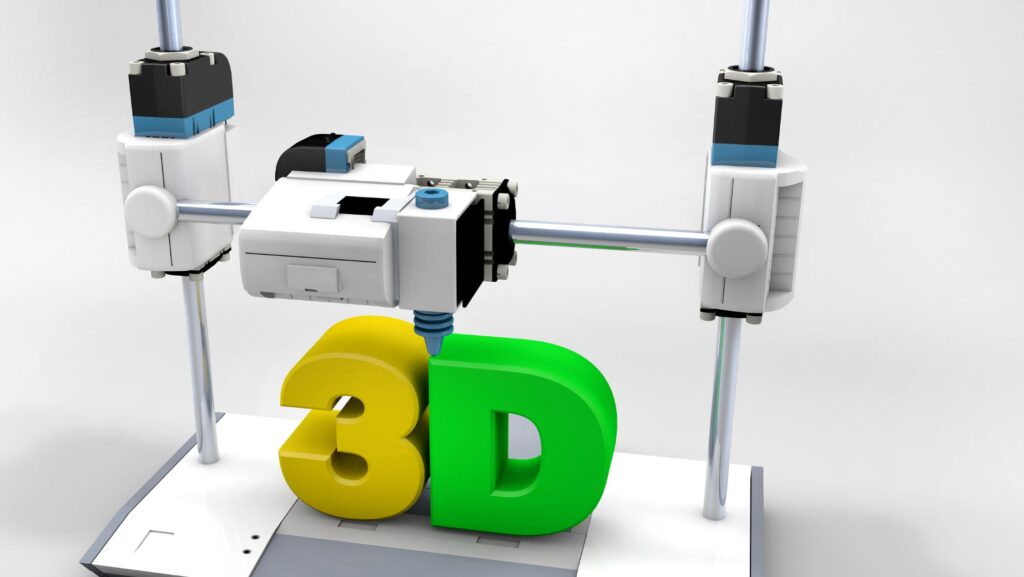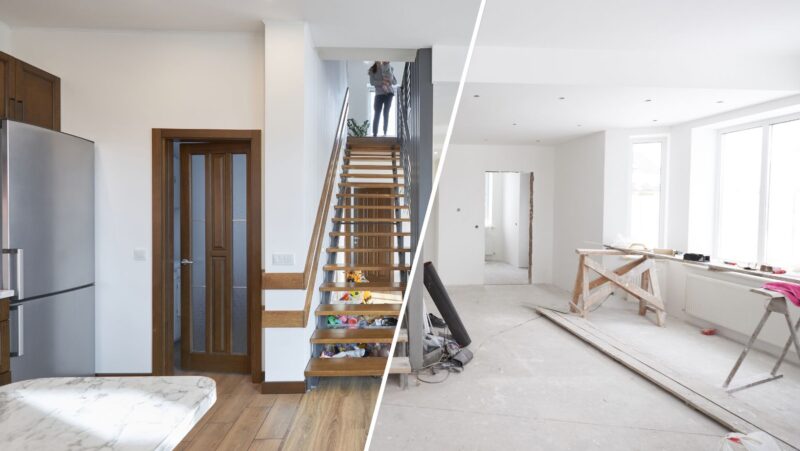
In the realm of engineering and manufacturing, where complexity reigns supreme, the role of visualization cannot be overstated. With the advent of advanced technology, industrial 3D animation has emerged as a powerful tool for elucidating intricate processes, conveying complex concepts, and facilitating decision-making in the industrial sector. In this article, we delve into the transformative potential of industrial 3D animation, exploring its applications, benefits, and significance in engineering and manufacturing.
Unraveling the Complexity of Industrial Processes
Within the vast and intricate sphere of engineering and manufacturing, complexity permeates every aspect of operations, from the initial stages of design and prototyping to the meticulous processes of production and assembly. In this dynamic landscape, industrial processes are defined by a multitude of interconnected components, sophisticated machinery, and intricate workflows that converge to shape the fabric of modern industry. However, the inherent intricacy of these processes poses a formidable challenge for traditional methods of communication and visualization, which often struggle to encapsulate the multifaceted nature of industrial operations. This is precisely where industrial 3D animation emerges as a transformative solution, offering a dynamic and immersive medium through which to navigate the intricate tapestry of industrial systems with unprecedented clarity, precision, and insight.
Enhancing Understanding with 3D Visualization
At the core of industrial 3D animation lies its unparalleled capacity to translate abstract concepts and intricate technical data into tangible visual representations that resonate with stakeholders across the industrial spectrum. Through the adept utilization of cutting-edge modeling and rendering techniques, skilled industrial animators craft meticulously detailed and hyper-realistic 3D models of machinery, equipment, and industrial landscapes. These digital replicas serve as potent visual aids, empowering stakeholders to delve deep into the spatial intricacies, operational functionalities, and inter-component interactions that define industrial systems. Whether it entails the intricate choreography of a sophisticated manufacturing line, the elucidation of a groundbreaking product prototype’s functionalities, or the visualization of material flow dynamics within a factory layout, 3D animation unfurls an expansive canvas upon which stakeholders can navigate, explore, and comprehend industrial processes with an unprecedented level of clarity, insight, and depth.
Example: Simulation of Manufacturing Processes
An illuminating showcase of the invaluable utility of industrial 3D animation unfolds within the realm of manufacturing process simulation. Through the meticulous crafting of intricate 3D models and the dynamic orchestration of immersive animations, adept industrial animators embark on a journey to simulate the entirety of the manufacturing workflow, tracing the journey from the inception of raw materials to the emergence of meticulously crafted finished products. Within this virtual arena, stakeholders are bestowed with the invaluable opportunity to traverse each stage of the manufacturing process with unprecedented clarity and insight as they bear witness to the seamless orchestration of complex operations and interactions.

With each simulated step, stakeholders are empowered to discern and diagnose potential bottlenecks, inefficiencies, and optimization opportunities that may lie concealed within the intricate fabric of industrial operations. Armed with this newfound understanding, stakeholders are afforded the liberty to explore alternative production scenarios, experiment with optimization strategies, and envision innovative approaches in a risk-free virtual environment. This proactive approach not only catalyzes the optimization of production efficiency and resource utilization but also fosters a culture of informed decision-making and risk mitigation, as stakeholders are equipped with the foresight and knowledge necessary to anticipate and address challenges before they manifest on the factory floor.
By virtue of its ability to encapsulate the nuances and intricacies of manufacturing processes in a realistic and interactive manner, industrial 3D animation serves as a powerful catalyst for driving continuous improvement and innovation within industrial operations.
Leveraging Technology for Innovation
In the digital age, where technological advancements are reshaping the industrial landscape, the adoption of industrial 3D animation represents a strategic investment in innovation and competitiveness. By harnessing the power of visualization technology, engineering and manufacturing companies can gain a competitive edge by streamlining design processes, accelerating prototyping cycles, and enhancing communication and collaboration across teams and stakeholders. Furthermore, industrial 3D animation can serve as a powerful marketing tool, enabling companies to showcase their products, processes, and capabilities in a visually compelling and engaging manner to customers, investors, and partners.
Driving Efficiency and Cost Savings
One of the key benefits of industrial 3D animation lies in its ability to drive efficiency and cost savings across the entire product lifecycle. By providing a virtual platform for design validation, assembly planning, and training, 3D animation helps to identify and rectify design flaws and operational inefficiencies early in the development process, reducing the need for costly rework and modifications down the line. Additionally, 3D animation can facilitate remote collaboration and knowledge transfer, allowing engineering teams to work together seamlessly across geographical boundaries and time zones, thereby reducing time-to-market and accelerating innovation cycles.
Example: Virtual Prototyping
A notable example of the cost-saving potential of industrial 3D animation is in the realm of virtual prototyping. By creating accurate and detailed 3D models of product designs, engineers can simulate the performance and behavior of prototypes under various operating conditions without the need for physical prototypes. This enables companies to identify design flaws, optimize performance, and validate design decisions early in the development process, ultimately reducing the time and resources required to bring a product to market.

Additionally, virtual prototyping allows for rapid iteration and experimentation, enabling engineers to explore alternative design concepts and configurations with ease, leading to more innovative and competitive products.
Embracing the Future of Industrial Visualization
In conclusion, industrial 3D animation represents a paradigm shift in the way engineering and manufacturing processes are visualized, understood, and optimized. By harnessing the power of visualization technology, companies can unlock new opportunities for innovation, efficiency, and competitiveness in today’s increasingly complex and competitive industrial landscape. As technology continues to evolve and new applications for 3D animation emerge, the role of industrial visualization in driving progress and transformation in engineering and manufacturing will only continue to grow. By embracing the potential of industrial 3D animation, companies can position themselves at the forefront of innovation and seize the opportunities of the digital age.










